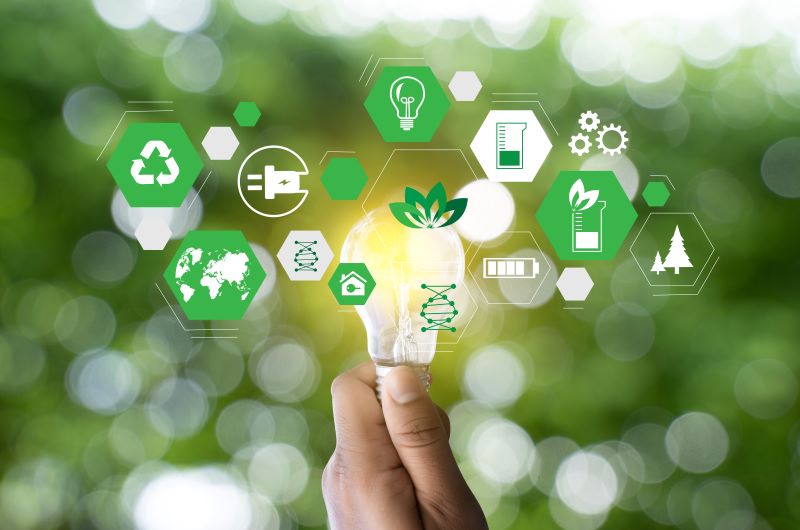Treasury’s proposed changes to accounting standard-setters
Treasury issued documents in 2022 and 2023, proposing changes in the structure and roles of the standard-setters the...
READ MORE
In October, Treasurer Dr Jim Chalmers handed down the Albanese government’s first federal budget amid unfavourable economic conditions that threaten to hamper global prosperity.

While most of the budget focused on cost-of-living pressures, climate change was framed as a fundamental economic challenge, linked to public value. The shift in tone is consistent with the Albanese government’s plan to restore Australia’s environmental credibility.
In September, the Albanese government passed the Climate Change Act 2022 (Cth) and the Climate Change (Consequential Amendments) Act 2022 (Cth). This enshrined a national 43% emission reduction target by 2030, and a net-zero target by 2050.
The Climate Change Authority
The Albanese government will restore the Climate Change Authority that was established by the Gillard government. It will spend $42.6 million over four years to restore funding that was cut by previous governments.
The CCA will provide the government with independent climate advice, and parliament with annual statements. This will increase accountability for climate change targets, and improve the integrity of the national decarbonisation pathway by providing more transparency.
Climate Reporting
In response to the Australian Peak Bodies submission to the ISSB, of which the IPA is one of 20 signatories, Chalmers indicated a strong desire to work with the Australian business community to align with a “robust international approach to climate risk reporting.”
The Albanese government will provide $36.1 million over four years from 2022-2023, and $6.9 million per year after. This will be used to support climate modelling programs, and develop reporting standards.
$6.2 million of this funding will be used by the Treasury and the Australian Accounting Standards Board to develop climate reporting standards that are consistent with other countries for large businesses and financial institutions.
This investment will ensure that International Sustainability Standards Board standards can be adapted, and mandated in Australian. The IPA will take a vested interest in issues of scalability, and reporting for the SME sector.
Providing SMEs with tools and guidance for reporting their social and environmental performance will be vital to maintain competitiveness, especially for SMEs that supply large companies.
Energy Efficiency Grants for SMEs
The Albanese government plans to spend $62.6 million over the next three years on grants for SMEs to improve energy efficiency, and tackle rising power bills. In a budget with few SME initiatives, this investment will help to support decarbonisation across the sector.
Other areas of investment
A look at State-based approaches
Despite the significant investments, the Albanese government has taken a conservative approach to the energy transition strategy by resisting calls to close coal-fired power stations early, and rule out any future coal projects.
By contrast, the Queensland government has put forward an ambitious 80% renewable energy target by 2035, and the state will have no reliance on coal-fired power by 2037. The Victorian government has increased its renewable energy target ahead of the state election to 65% by 2030, and 95% by 2035.
This follows the recent news that AGL will close Victoria’s largest coal power station 10 years early, demonstrating how some of these developments are out of the hands of Canberra’s leading decision makers.
Conclusions
In many ways, the October Budget serves as a preview for next May. However, Dr. Chalmers has already taken several steps to maximise Australia’s long-term economic prosperity by addressing the environmental risks created by climate change.
Australia’s transition plan will also be supported by other efforts to improve transparency and flexibility, removing the speculation that has been associated with Australia’s emissions reduction progress for more than a decade.